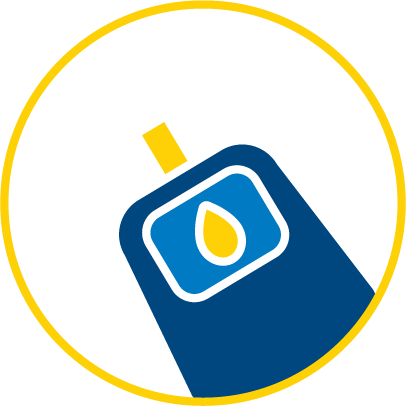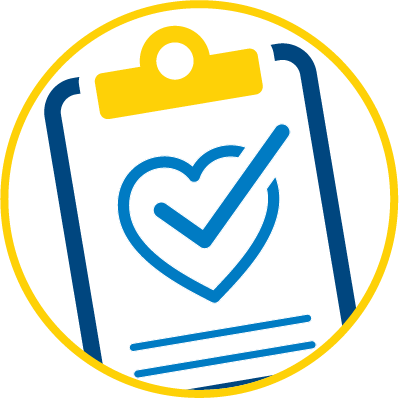Providing a biometric screening is the first step — and, arguably, the most important one—in a comprehensive employee wellness program. It provides the essential data on which all other elements of an employee’s wellness plan are based. And, ideally, it also offers an initial and important platform for health coaching and education.
Biometric screening values can be obtained in various ways, including venous blood draws or fingersticks with point of care testing (POCT). So which approach provides the best start to workplace wellness screenings?
At UR Medicine Employee Wellness, POCT is the preferred option. Consider these POCT benefits and what they could mean for your employees.
Instant results: POCT enables immediate feedback to employees about health status and health risk. Venous blood draws take days for results to reach employees, delaying feedback about important health information. Most often, this also means that employees must interpret results for themselves based on a summary report.

Reliability: According to the FDA, POCT results are a reliable method for obtaining biometric values for screening purposes. While POCT is not used to diagnose disease, that’s not the intent of screening. That said, it is a remarkably useful tool to identify high-risk employees who can then immediately be counseled about their risk, informed about next steps, and referred to their primary care provider.
Personalization: With immediate results, the coach can personalize the experience by answering questions, addressing concerns, and assuring an accurate understanding of values. The coach can also make referrals to appropriate programs at the time of screening. This critical personal conversation between coach and employee is lost when venous blood draws and mailed results are used.
Opportunity: The availability of immediate results facilitates “in the moment” coaching and teaching. Employees who receive a screening are motivated in that moment: coaches capitalize on that motivation to help them begin their journey towards better health and wellness. POCT provides the employee a health snapshot so the coach can provide education about risk and discuss steps to improve health and well-being.

Cost: Fingerstick POCT is generally cheaper than a venous blood draw because it requires less equipment and processing.
Time savings: Because blood samples don’t have to be sent to a laboratory for testing, POCT results can be given to participants in as few as five minutes—so screenings are efficient and productive for employees.
Ease of administration: Fingersticks are less invasive than venous blood draws and tend to be less painful. As a result, employees generally prefer fingerstick POCT.
Marketability and engagement: POCT makes it easier for employers to encourage employee participation in screenings because it’s non-invasive, provides immediate results, enables personalized care, and makes efficient use of their valuable time. This enhances employee engagement in health and wellness opportunities.
Biometric screenings are the first step in a holistic, dynamic wellness program. To create the highest value-added service within the framework of a health screening, UR Medicine Employee Wellness utilizes POCT fingerstick screening. POCT supports intention, autonomy, and choice—and in the process, encourages the employee to act on the screening results. And with personalized coaching, it enables an opportunity that goes well beyond just obtaining biometric values.